by Susanne Oechsner and Anna Pichelstorfer
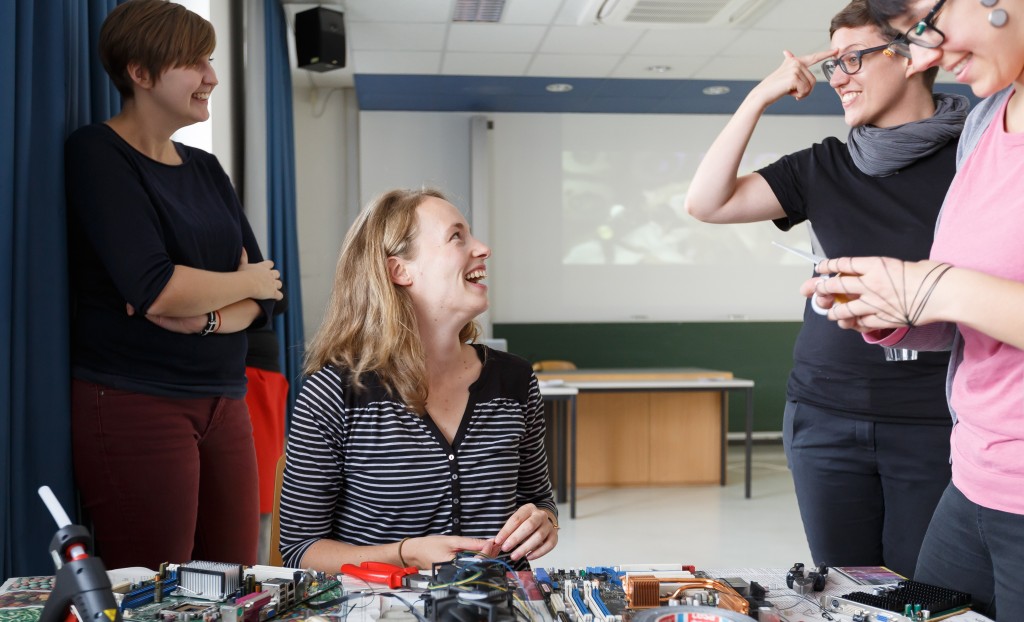
The year 2015 was an exciting one for the University of Vienna: It marked the 650th anniversary of its foundation through a deed by Duke Rudolf IV. In order to celebrate this anniversary appropriately and in addition to a multitude of activities distributed over the whole year, the Faculty of Social Sciences organized the “Fakultätstag 2015” (i.e. the Day of the Faculty 2015) to present its diverse research areas to a broader audience. The Department of Science and Technology Studies participated here with an open house event that explored the question: How are technologies and our lives entangled?
When planning the event we did not want to follow a model of science communication in which one side (science) is providing information while the other side (the public) is educated. Such a model would privilege science while conceptualizing the public as having a deficit. Inspired by many studies that have criticized this “deficit model” (Horst, 2011), we were looking for a format that would allow for public engagement. We wanted to devise a space in which visitors and researchers could experience and collaboratively make sense of different technologies. In the beginning, this idea was seen as the biggest challenge for the whole project. Can social sciences communicate their work by other means than written or spoken language? How could alternative ways to engage visitors look, that not only provide them with information but foremost spark discussions and reflections?
The results were exciting. The seven contributions made research projects visible that are conducted at the department as well master theses and PhD projects. Furthermore, two stations were developed over the course of a semester in undergraduate seminars at the institute. All the contributors had creatively thought about how they could not only provide information about a topic but had managed to create a space that allowed for and required discussion. Every installation carefully balanced words with images and videos, working with space and artefacts. Moreover, many installations also encouraged, even favoured embodied participation, which stimulated a playful, lively and affective process.
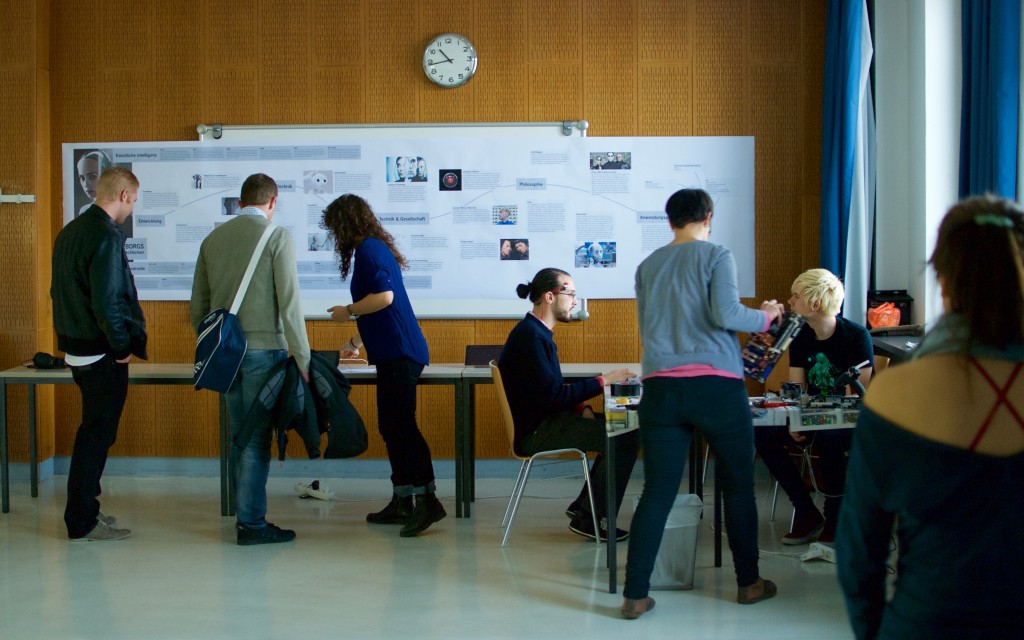
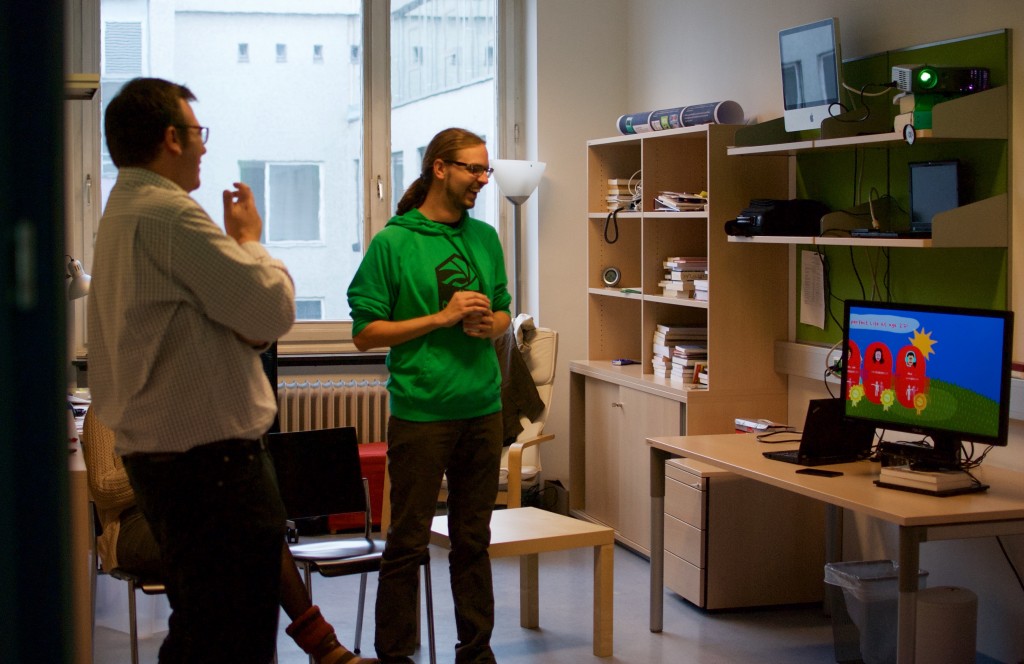
In contrast to many classical public engagement activities, these installations aimed at helping the designers of the installations to reflect on their own sense-making, their own analyses and to discuss them with visitors. Many installations were designed to gather and incorporate visitors’ new experiences, questions or topics into the installations themselves. The outcomes of discussions or of work on the objects in the installation thus became part of the installation, changed and enriched them.
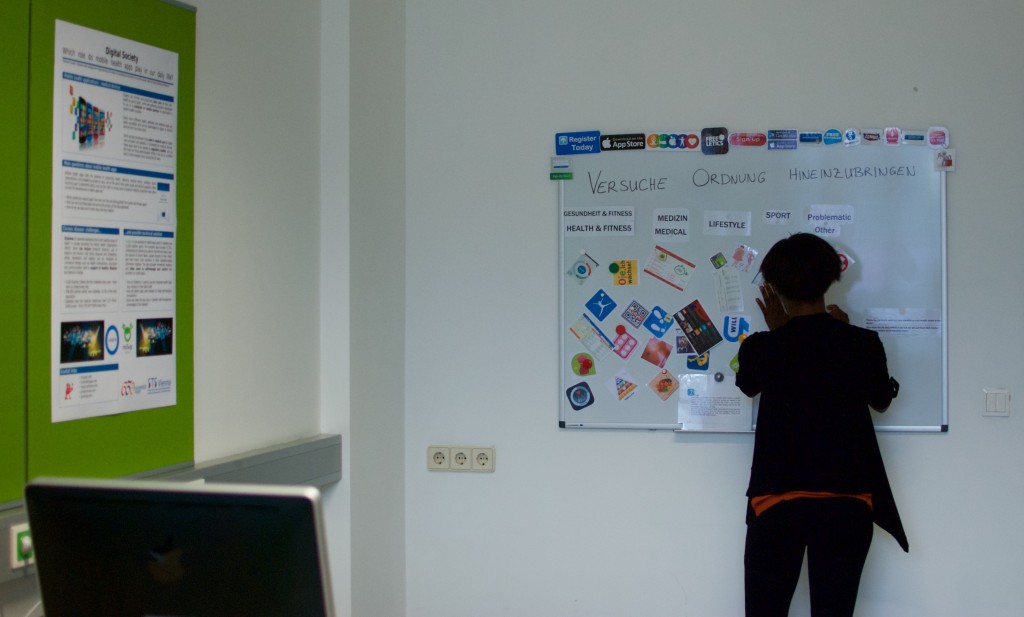
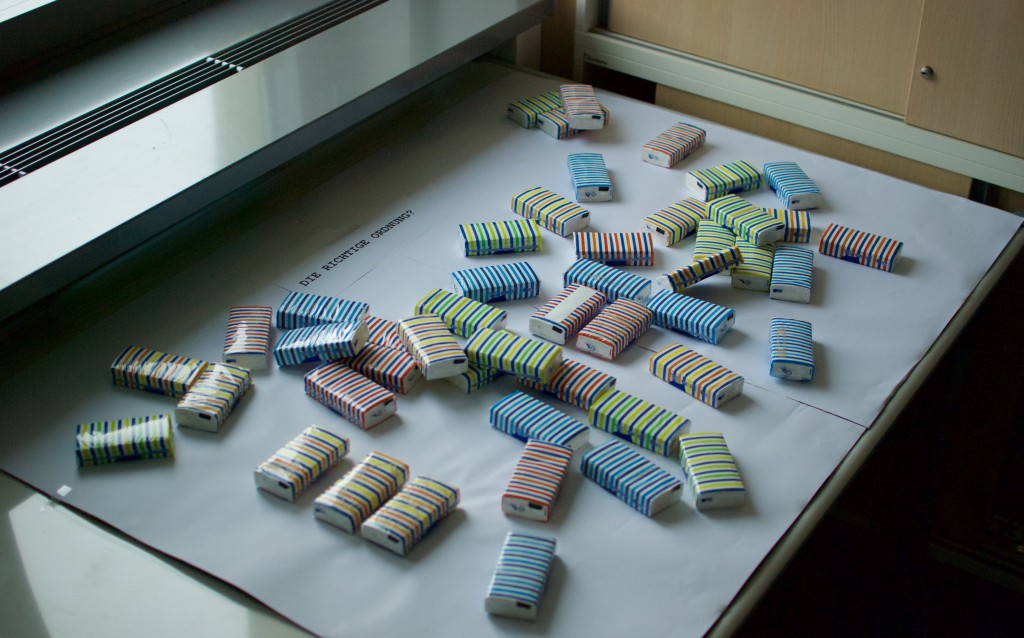
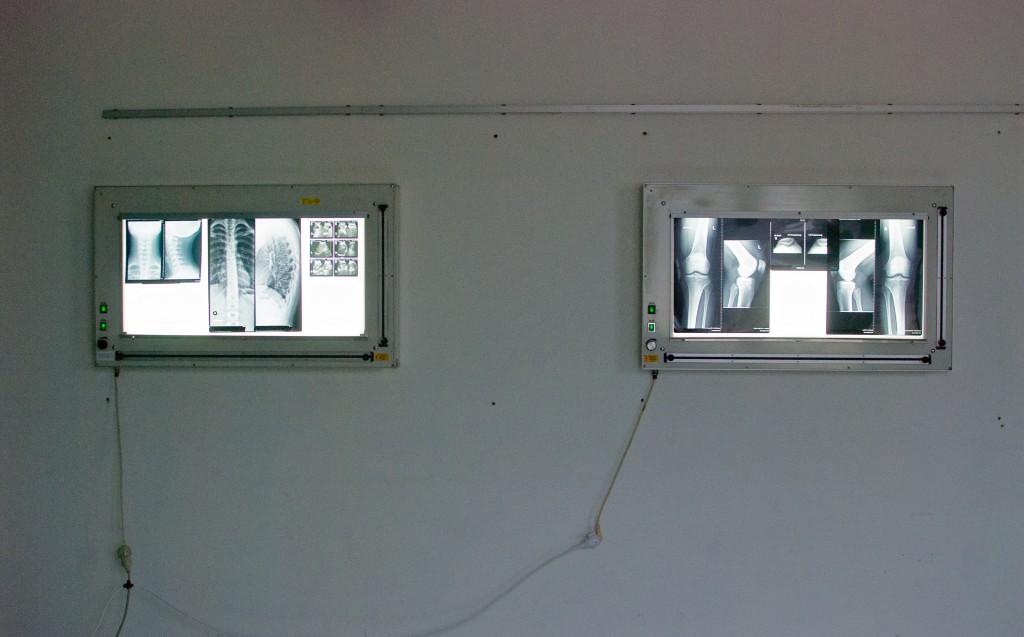
Many of these installations did not so much provide answers but rather raised and refined questions: How do technologies gain meaning? How do technologies shape our lives? Which futures do we want to live in?
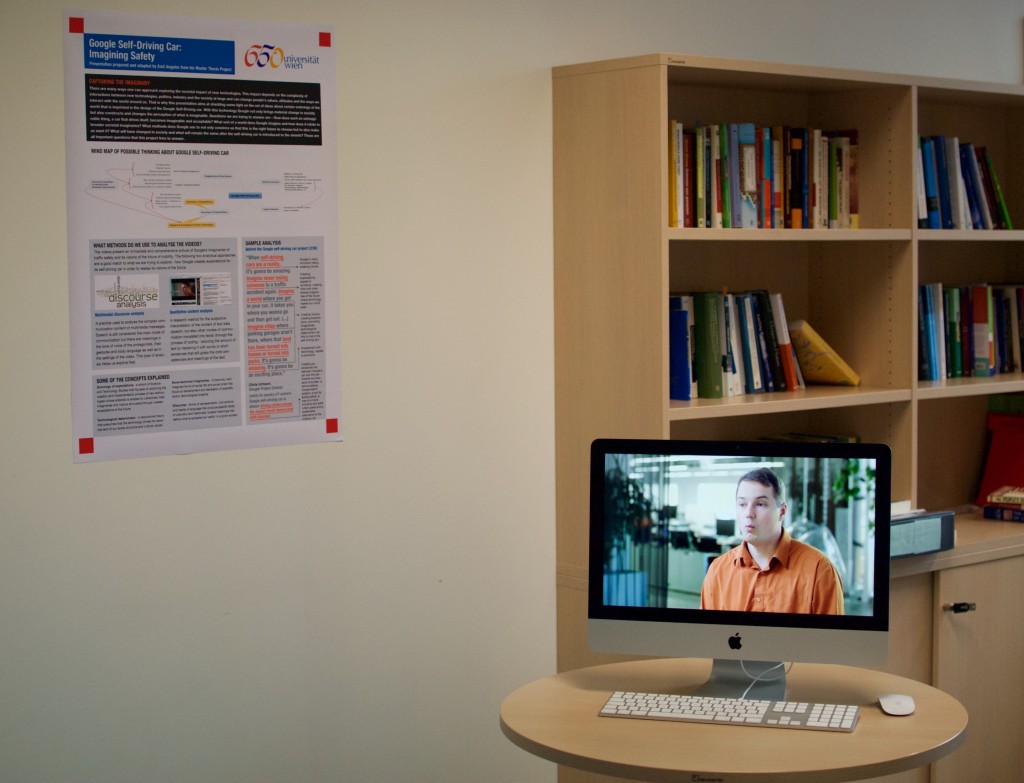
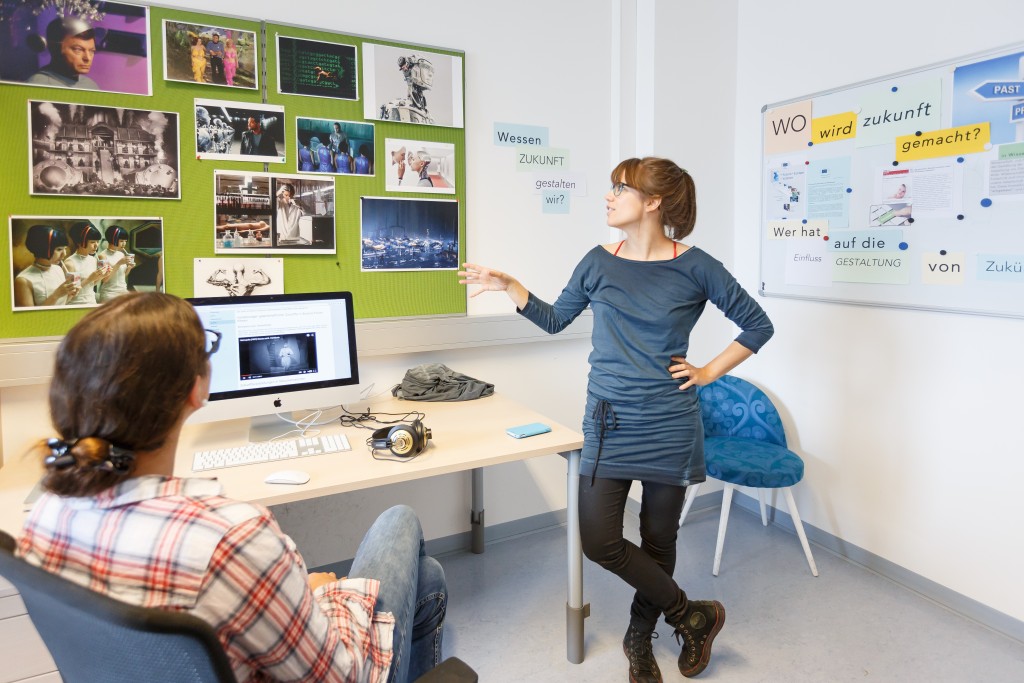
For many of us, the participation in organizing and designing these installations was also an exercise of first-hand experience in communicating science – a topic we had theoretically discussed very often in class, at talks or conferences. Our initial worries that it would be challenging to find alternative ways of communicating our research were soon erased. But we recognized the importance to think about the context of such installations, e.g. the date and time of the event, as much as about theoretically inspired models of science communication. When – a Thursday morning in September – and where – a university building usually only visited by students and staff – the event took place, had a huge influence on who could participate and by that substantially shaped the space of reflection and discussion.
We are planning to re-install the exhibition in another science communication setting in the spring of 2016 and we are already curious how this change of context, different visitors and their engagement will shape the installations in new and unexpected ways.
References
Horst, M. (2011). Taking Our Own Medicine: On an Experiment in Science Communication. Science and Engineering Ethics, Volume 17, Issue 4, pp 801-815.
Susanne Oechsner and Anna Pichelstorfer – both working as PhD students at the Department of Science and Technology Studies – were the organizers of the Open House event.